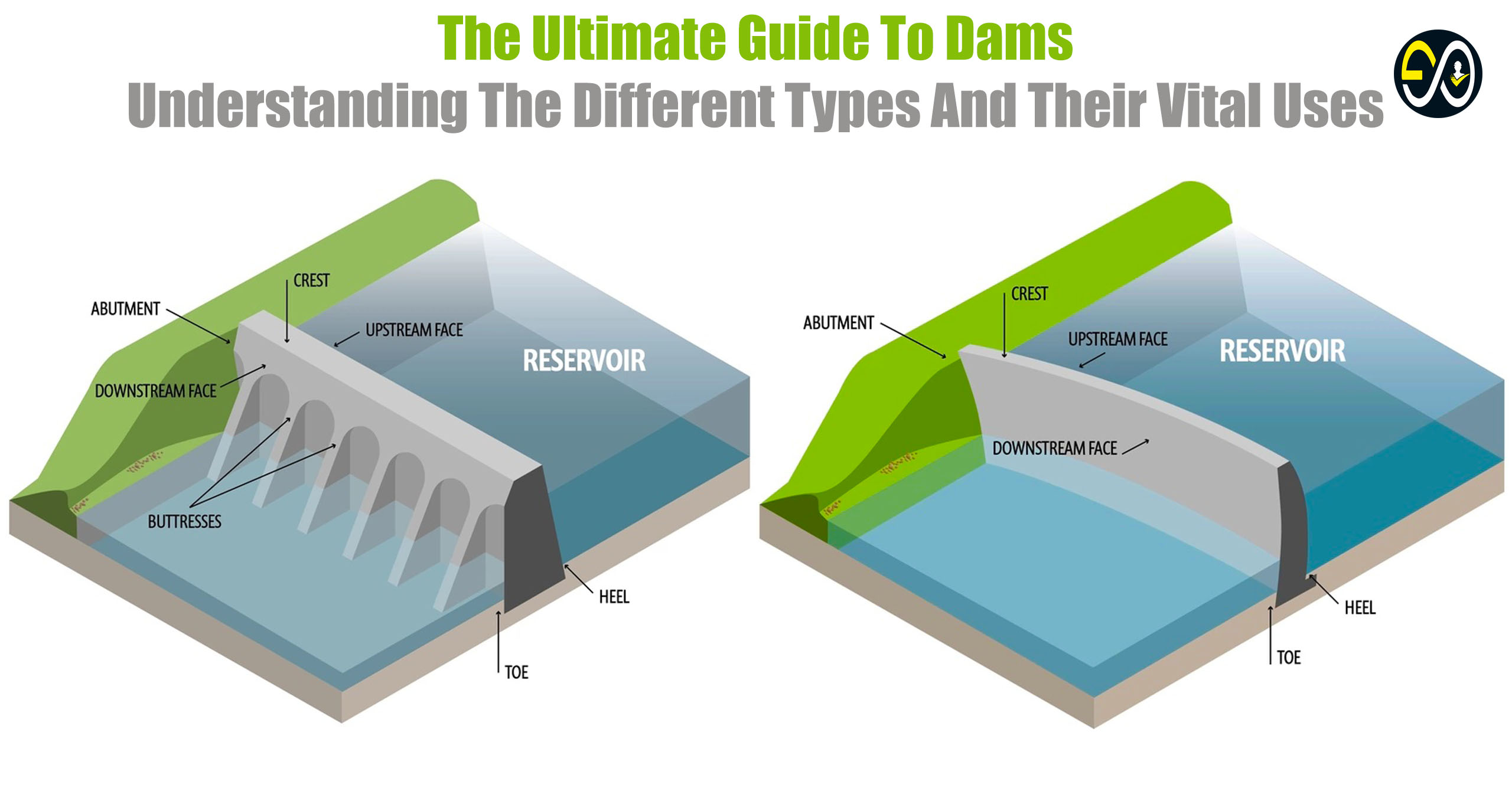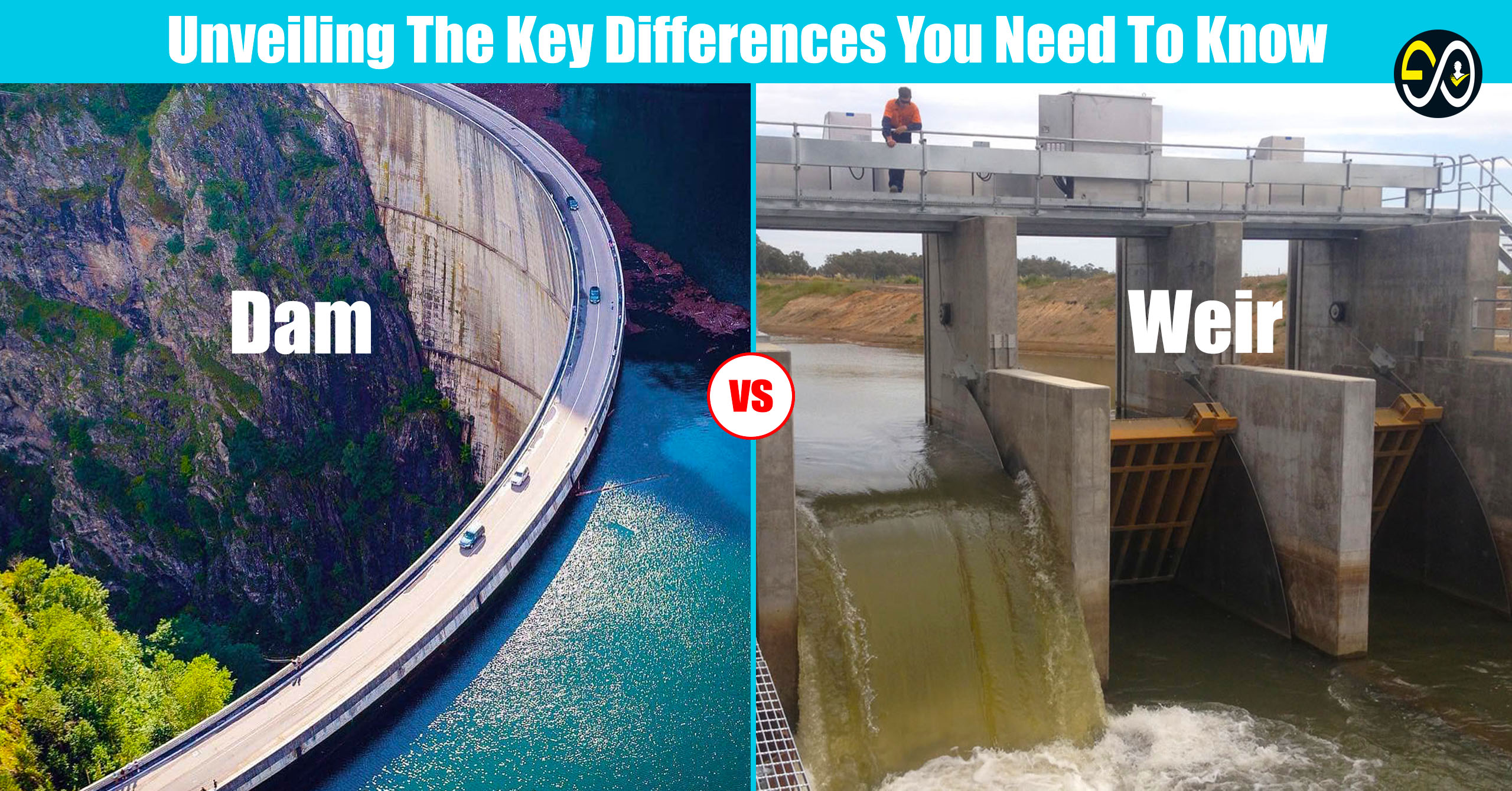
Introduction
Water management is essential for various purposes, such as irrigation, power generation, and flood control. Two critical structures in water management are dams and weirs. While both serve to control water flow, they are distinct in their design, purpose, and impact. Understanding the difference between a dam and a weir is crucial for engineers, environmentalists, and policymakers. Let’s dive into the specifics of these two structures.
Table of Contents
What is a Dam?
Definition and Purpose of a Dam
A dam is a large barrier constructed across a river or waterway to control the flow of water and create a reservoir. Dams are primarily built for water storage, hydroelectric power generation, and flood control. They can significantly alter the landscape by creating large bodies of water where none existed.
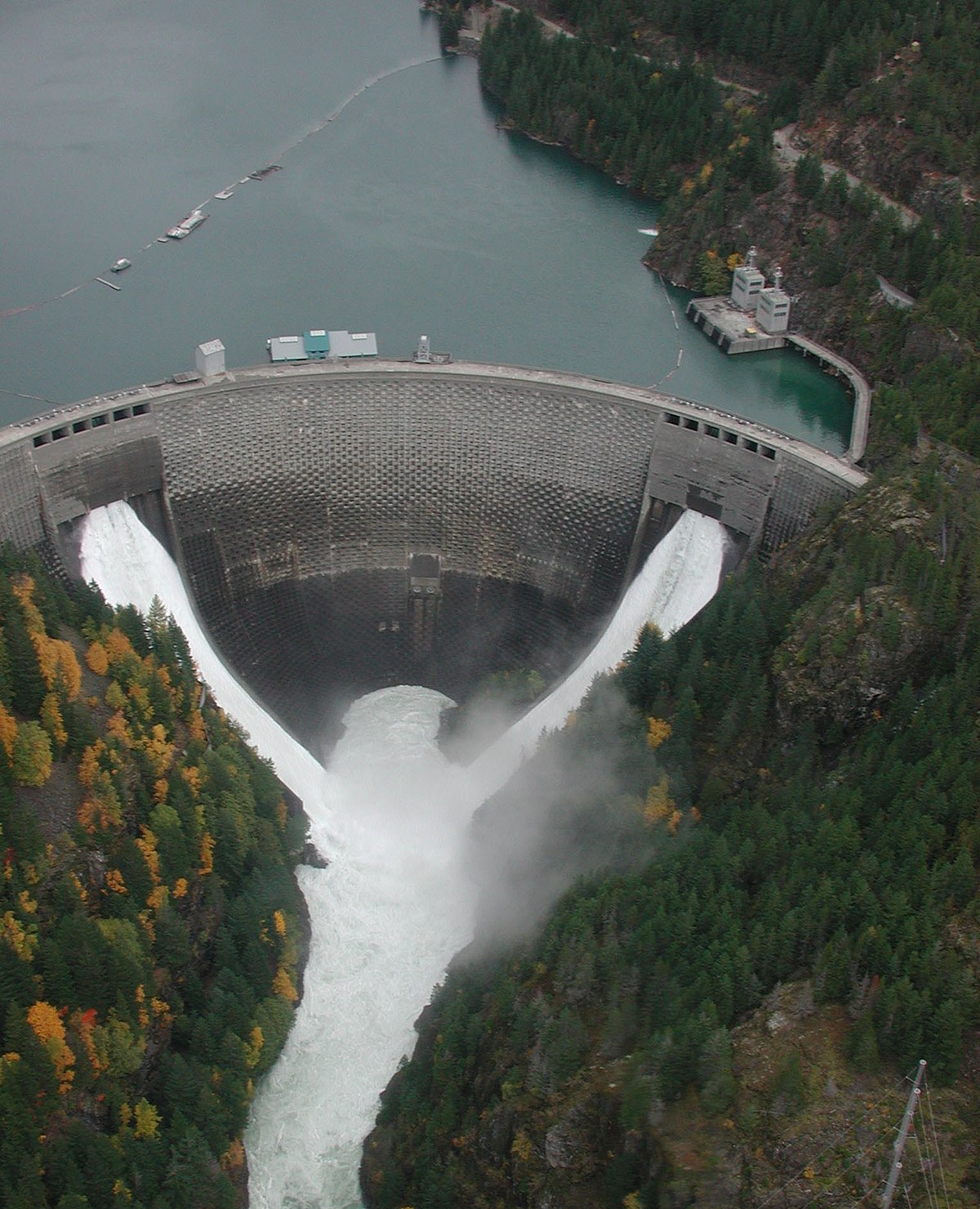
How Dams Work
Dams work by blocking the natural flow of a river, causing water to accumulate behind the barrier. This accumulation forms a reservoir, which can be used for various purposes, such as supplying water during dry periods, generating electricity, and providing recreational opportunities.
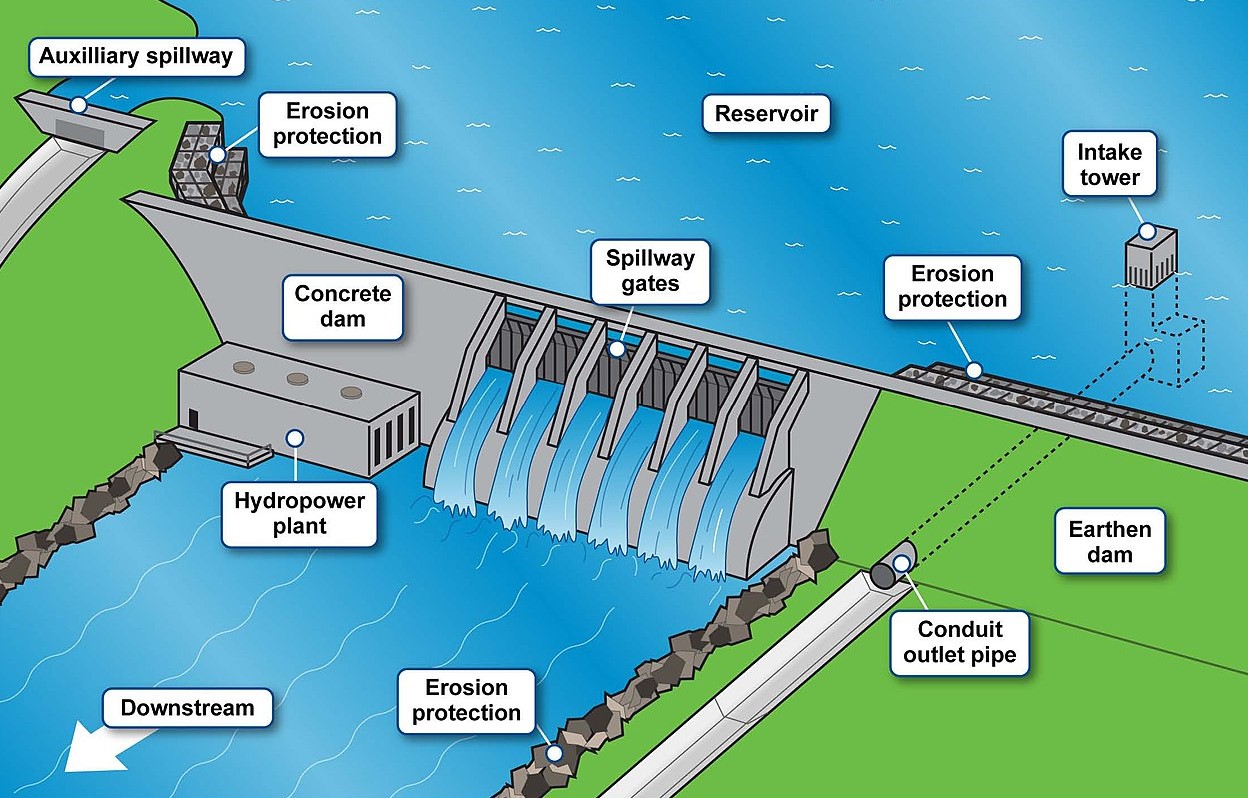
Common Types of Dams
There are several types of dams, each designed for specific conditions:
- Gravity Dams: Relies on the weight of the structure to resist water pressure.
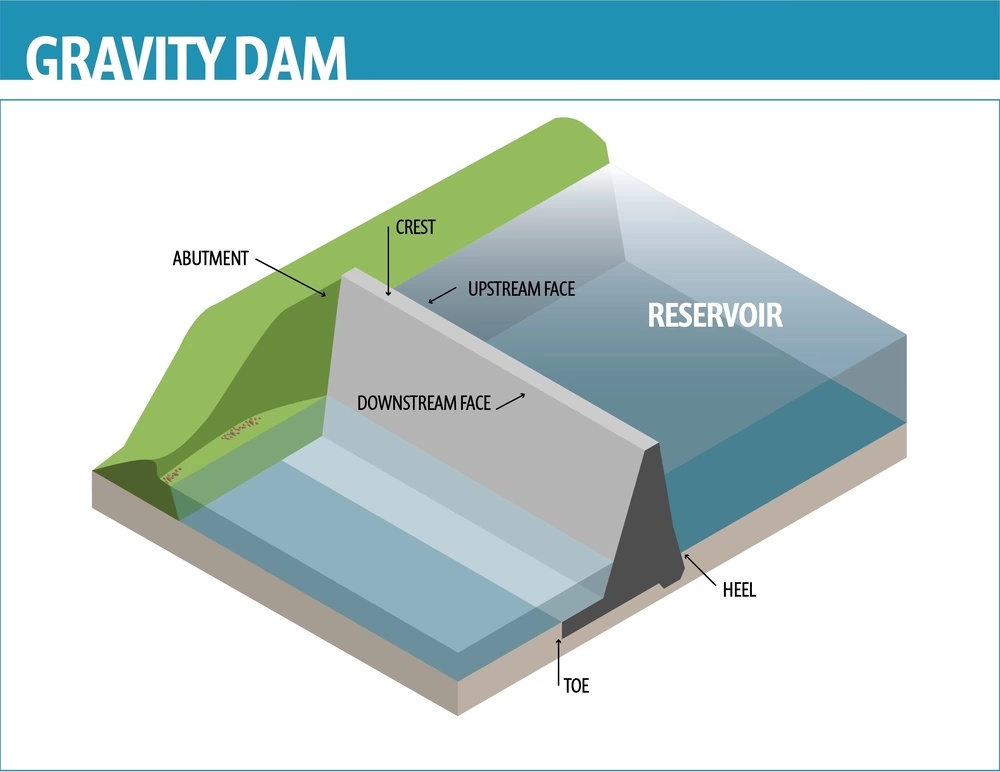
- Arch Dams: Curved design to transfer water pressure to the canyon walls.
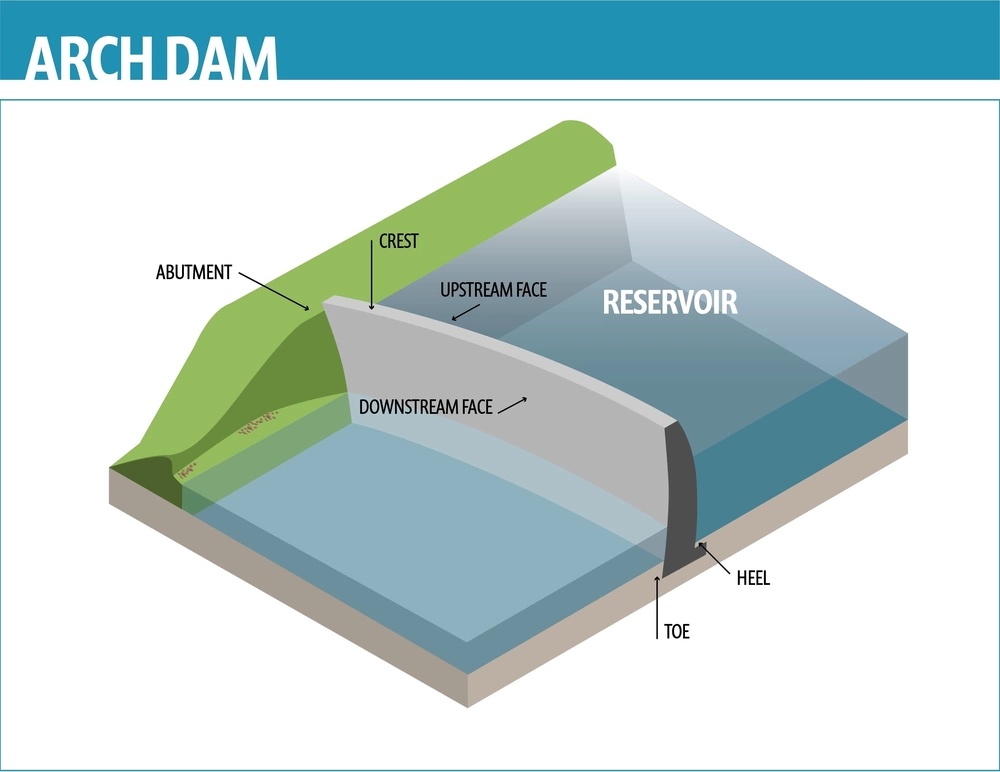
- Embankment Dams: Made from earth or rock, providing stability through mass.
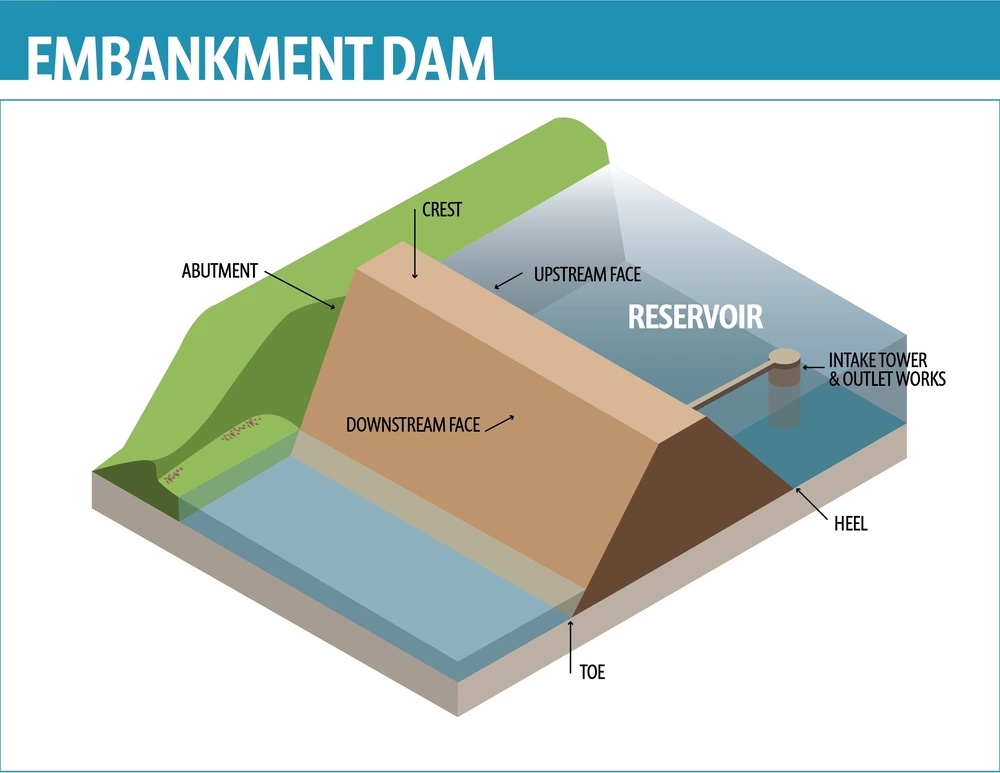
Examples of Famous Dams
Hoover Dam
One of the most iconic dams in the world, Hoover Dam is located on the border between Nevada and Arizona. It provides hydroelectric power, water storage, and flood control for the surrounding areas.
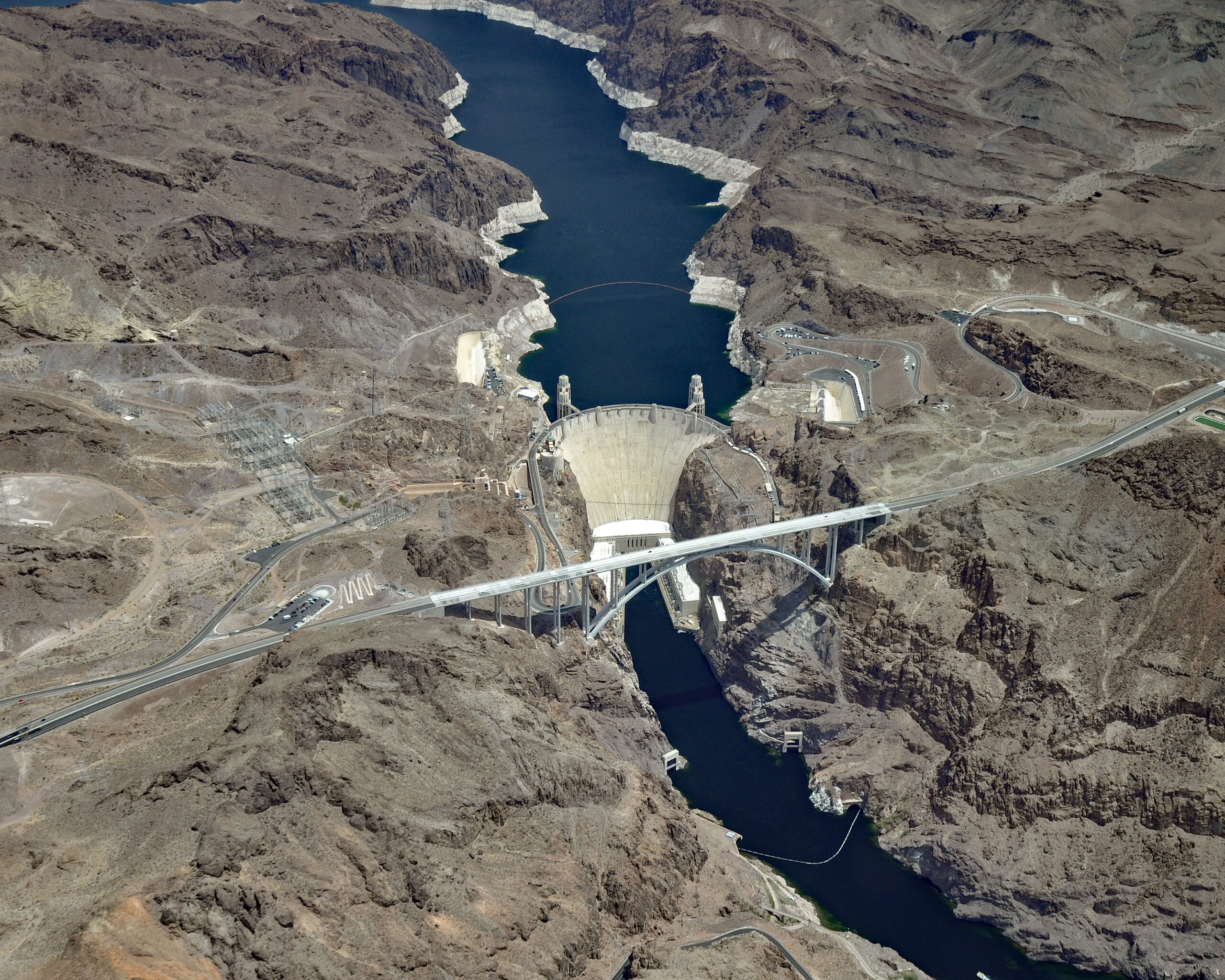
Three Gorges Dam
Located in China, the Three Gorges Dam is the largest hydroelectric power station in the world. It significantly impacts the Yangtze River, both in terms of power generation and environmental consequences.
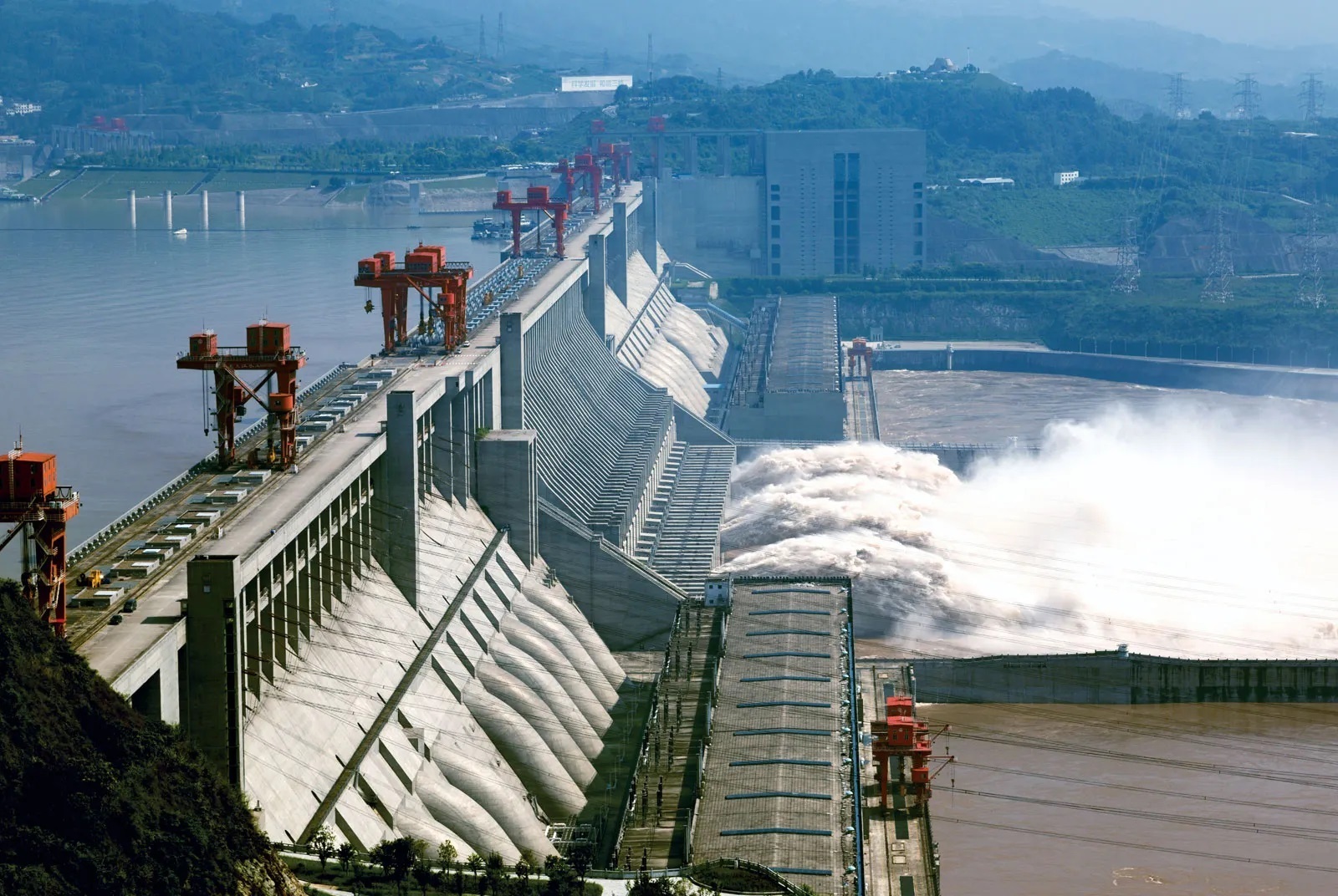
What is a Weir?
Definition and Purpose of a Weir
A weir is a small, barrier-like structure built across a river or stream to alter the flow characteristics of the water. Unlike dams, weirs are typically used for measuring discharge, controlling erosion, and assisting with fish migration. They are often simpler in design and smaller in scale.
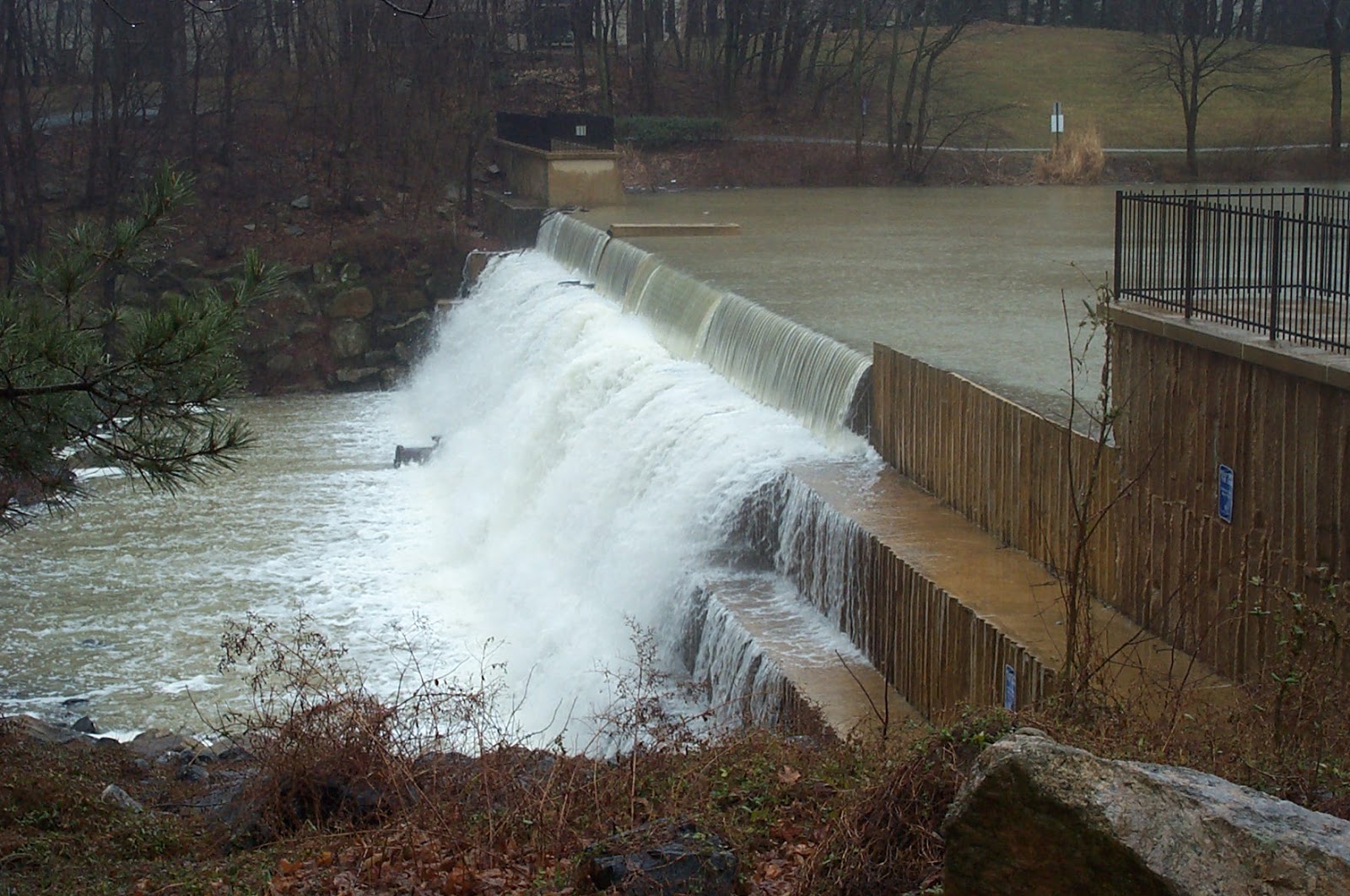
How Weirs Work
Weirs work by creating a change in the water’s elevation, which can help control flow rates and stabilize riverbanks. The water flows over the top of the weir, which allows for the measurement of discharge and helps with managing water levels in a controlled manner.
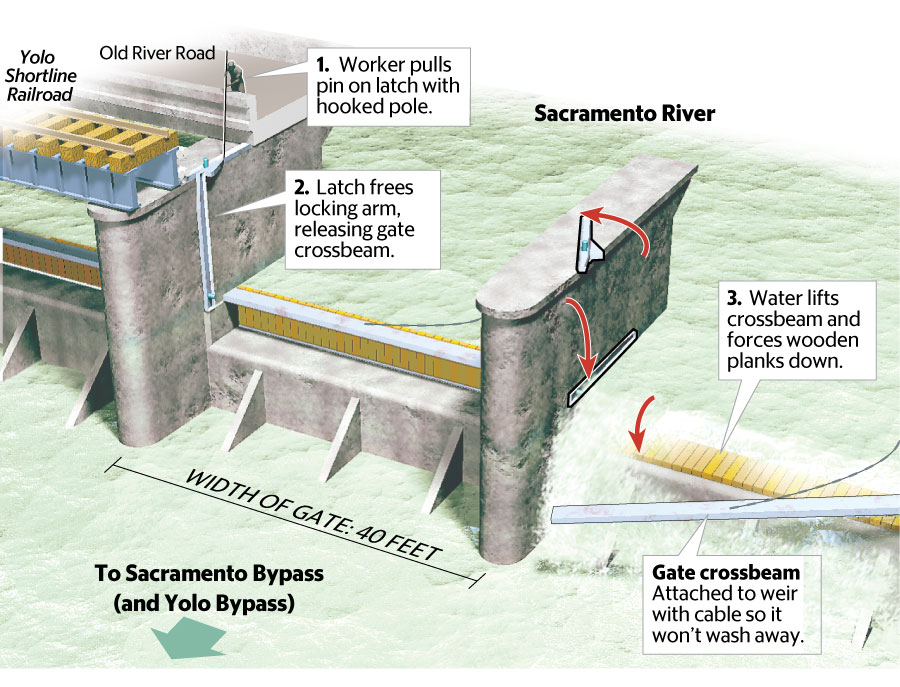
Types of Weirs
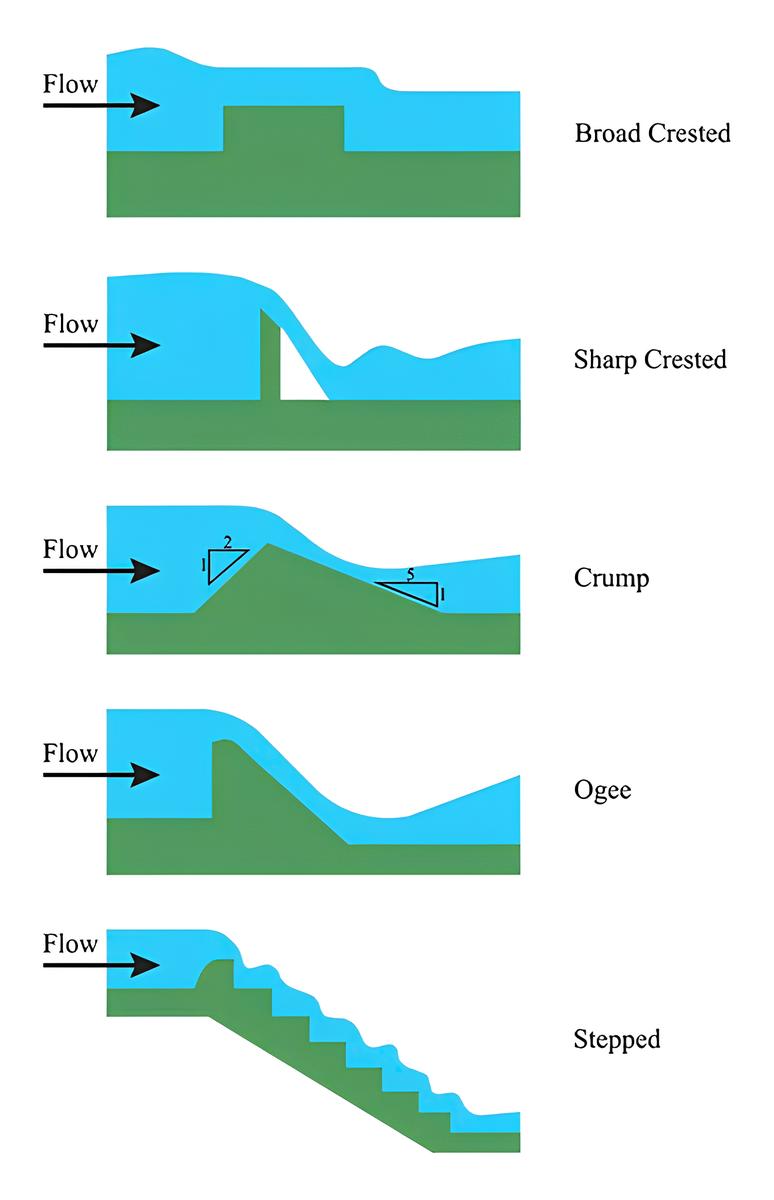
- Broad-Crested Weirs: A weir with a wide, flat crest that water flows over. The crest length is long compared to the water depth over the crest.
- Sharp-Crested Weirs: A weir with a thin, sharp edge or crest over which water flows.
- Crump Weir: A triangular-shaped weir with a flat upstream face and a sloping downstream face.
- Ogee Weir: A weir with an S-shaped (ogee) crest that matches the natural flow curve of water.
- Stepped Weir features a series of steps or cascades along its slope. As water flows over the weir, it cascades down the steps.
Examples of Well-Known Weirs
The Thames Weir
Located on the River Thames in London, the Thames Weir is crucial for controlling water levels and preventing flooding in the surrounding areas.
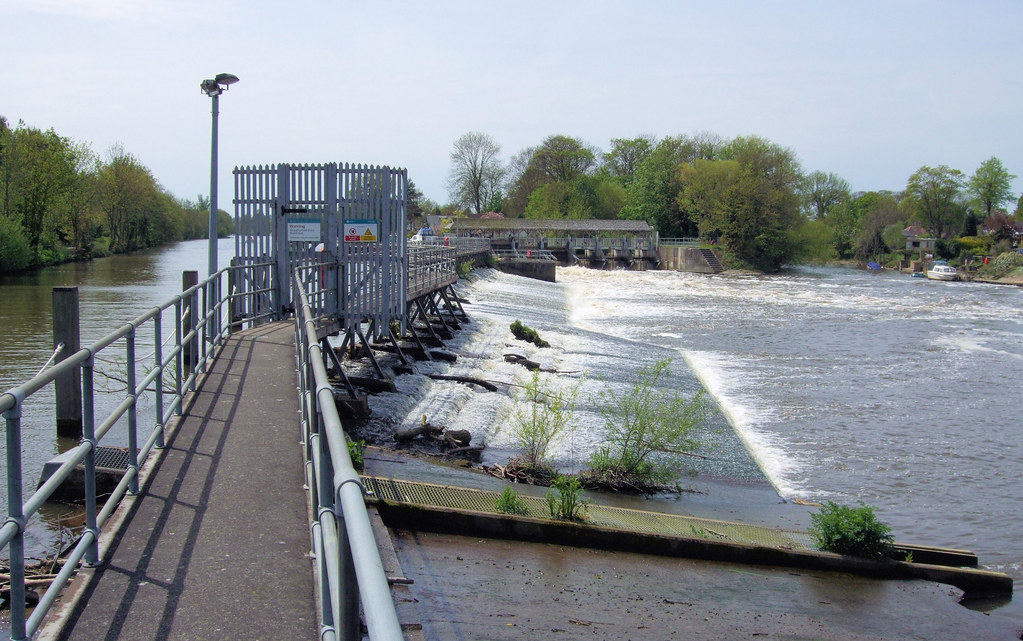
The Vaal River Weir
The Vaal River Weir in South Africa helps manage water flow and prevent erosion along the riverbanks, ensuring the stability of the river system.
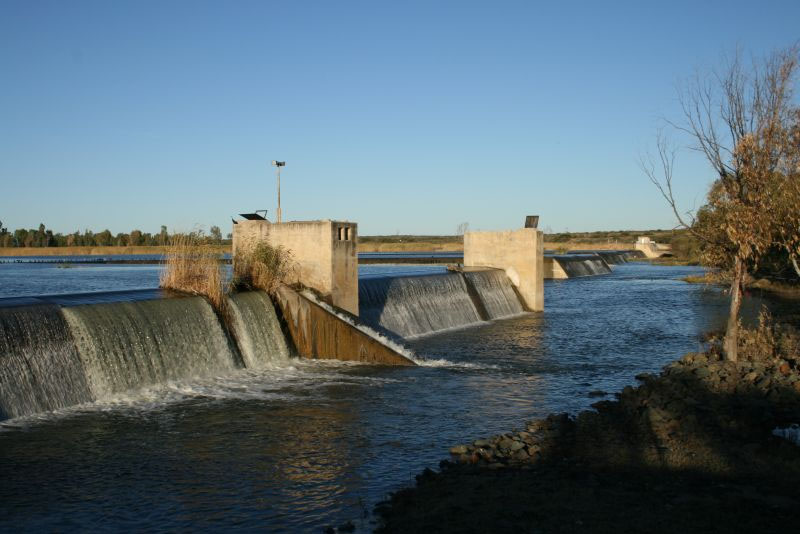
Key Differences Between Dams and Weirs
Structural Differences
While both dams and weirs are built to control water, the scale and design of these structures vary significantly.
Size and Construction
- Dams are typically large, massive structures spanning wide rivers and creating large reservoirs.
- Weirs, on the other hand, are smaller and simpler, often built to control the flow in specific sections of a river.
Materials Used
- Dams are constructed from concrete, earth, and rock.
- Weirs are usually made from concrete, stone, or wood, depending on the requirements and environmental conditions.
Functional Differences
The primary purpose of a dam is water storage and management, while weirs are more focused on flow control and measurement.
Water Control Mechanism
- Dams control water by blocking it entirely and creating a reservoir.
- Weirs allow water to flow over the top, controlling the rate of flow rather than stopping it completely.
Impact on Surrounding Environment
- Dams can have a significant impact on the environment, including altering ecosystems, changing water temperatures, and affecting wildlife.
- Weirs tend to have a smaller environmental footprint, as they do not create large reservoirs and usually allow for fish migration.
Advantages and Disadvantages of Dams
Benefits of Building Dams
Dams offer several advantages:
- Hydroelectric Power Generation: Dams are a major source of renewable energy.
- Water Storage and Supply: Dams provide reliable water sources for agriculture and cities.
Drawbacks of Dams
Despite their benefits, dams have some significant downsides:
- Environmental Impact: Dams can disrupt ecosystems, block fish migration, and lead to the loss of habitats.
- Displacement of Communities: The creation of large reservoirs can force people to relocate.
Advantages and Disadvantages of Weirs
Benefits of Weirs
Weirs also have their own set of advantages:
- Erosion Control: Weirs help stabilize riverbanks and prevent erosion.
- Fish Migration Assistance: Certain types of weirs can be designed to aid in the migration of fish, ensuring the health of aquatic ecosystems.
Drawbacks of Weirs
Weirs are not without their challenges:
- Limited Water Control: Weirs do not offer the same level of control over water flow as dams.
- Sediment Build-Up: Weirs can lead to the accumulation of sediment, which may require maintenance.
When to Choose a Dam vs. a Weir
Situational Factors
When deciding between a dam and a weir, several factors come into play.
Terrain Considerations
- Dams are ideal for areas where large water storage is needed, particularly in mountainous regions.
- Weirs are better suited for low-lying areas where flow control is the primary concern.
Project Goals
- Dams are chosen for projects that require power generation, significant water storage, or flood control.
- Weirs are more appropriate for projects focused on flow measurement, erosion control, or small-scale water management.
